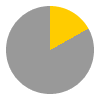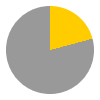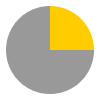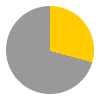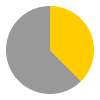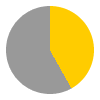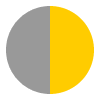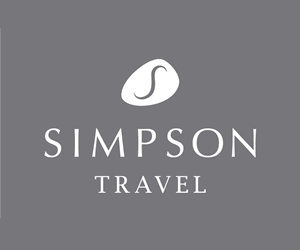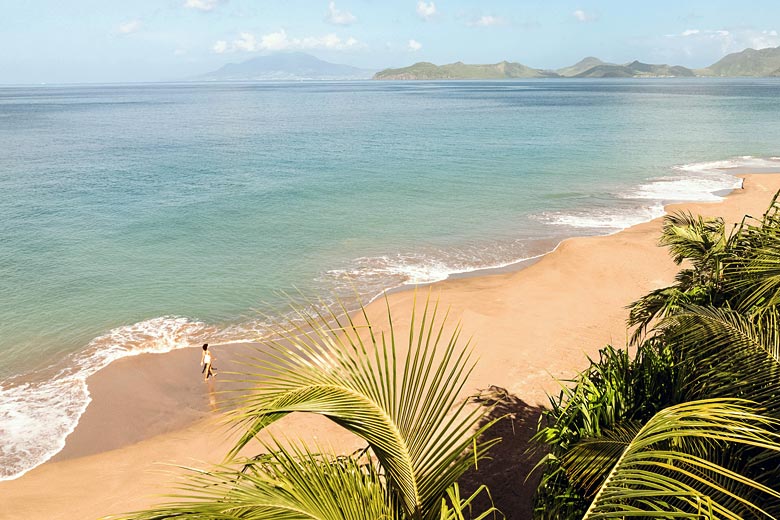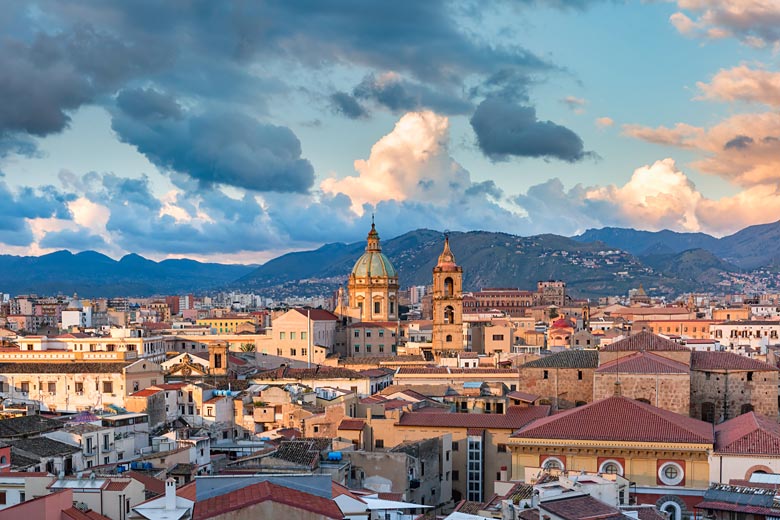A first-timer's guide to Corsica
Just 160 km from the French coast, the fiercely proud island of Corsica has custard-coloured beaches and austere-looking mountains home to some of the toughest hiking trails in Europe.
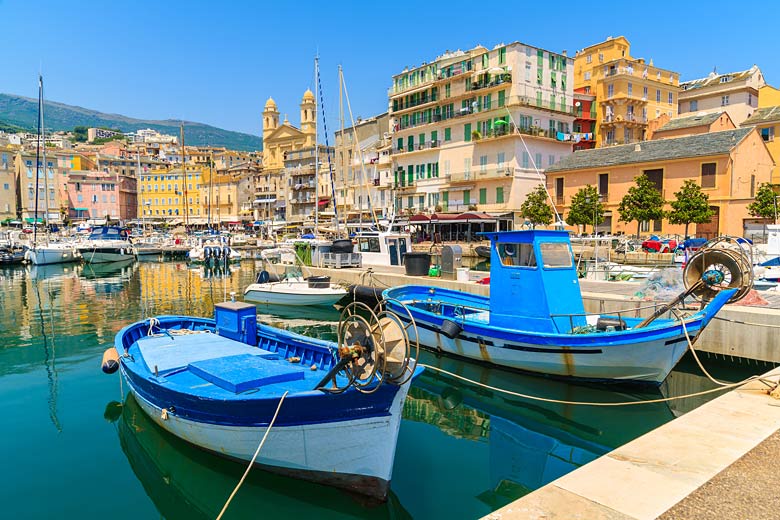
Getting to Corsica: find stylish breaks to Corsica with Simpson Travel*, which offers breaks in villas, hotels and holidays for families.
Getting around
The bus network is pretty limited, with most routes originating in, or requiring a transfer through, the island's capital, Ajaccio. To prioritise views over speed, a trip on U Trinighellu ('little train' in Corsican) is well worth it.
The 158 km line links Ajaccio and the city of Bastia in the northeast, with a separate branch forking off from Ponte Leccia to the sandcastle-like seaside town of Calvi* in the northwest.
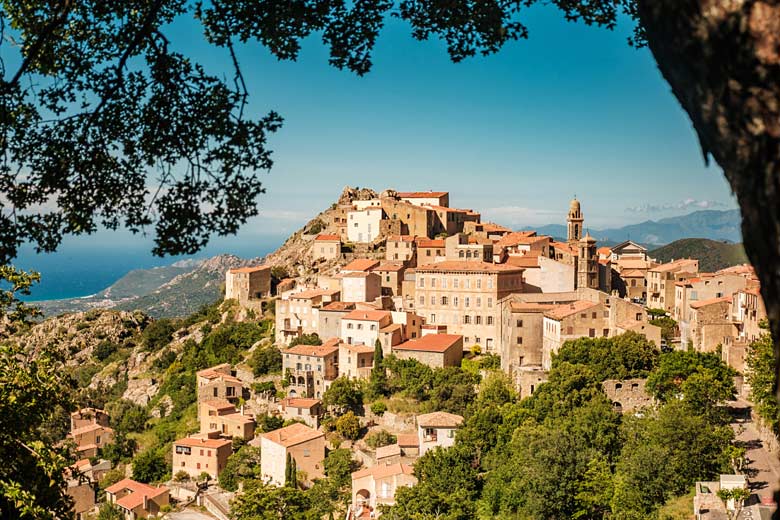
It's one of the best ways to reach Corte, a little town which looks as though it's in the heart of the mountains, although it actually sits at a mere 400 metres above sea level.
Corte may look remote, but it's home to the island's only university. Timetables for U Trinighellu are available here, and tickets can only be purchased in person at the station.
A little history
You might get the sense that Corsica* isn't like the rest of France, and you'd be right. The earliest inhabitants were the Phoenicians, as early as the 6th century BCE. Ancient Greeks and Romans also briefly established strongholds here.
In the Middle Ages, Corsica became part of the Republic of Pisa and in the 13th century, it was conquered by the Republic of Genoa. The vestiges of Genoese rule can be seen in the cylindrical towers dotted all around the Corsican coast, and the Corsican language, which bears more similarity to Italian than French, and 62% of the population still speak Corsican as well as French.
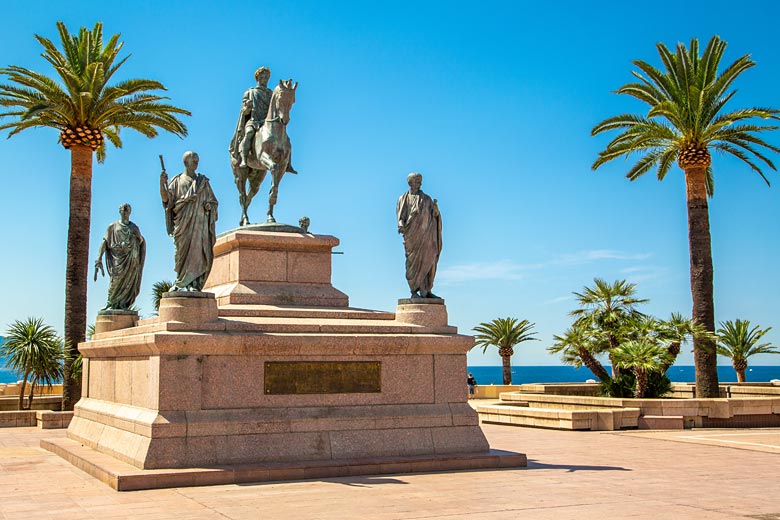
In 1768, Genoa sold Corsica to the French, a decision badly received by many of the islanders and one which led to many uprisings. The most renowned Corsican in history was Napoleon Bonaparte, who was born in Ajaccio in 1769. The house where he spent the early part of his childhood, Maison Bonaparte, is now a museum.
Explore from sea to summit
However spectacular your hotel or villa, the best of Corsica is outdoors. The Corsican mountains form a forbidding spine that runs 180 km down the middle of the island, home to the legendary GR20 hiking trail.
It takes two weeks to complete and requires significant scrambling. The time-poor often opt for a day section (Monte Cinto is the highest point of the island at 2,706 metres, and a true leg buster).
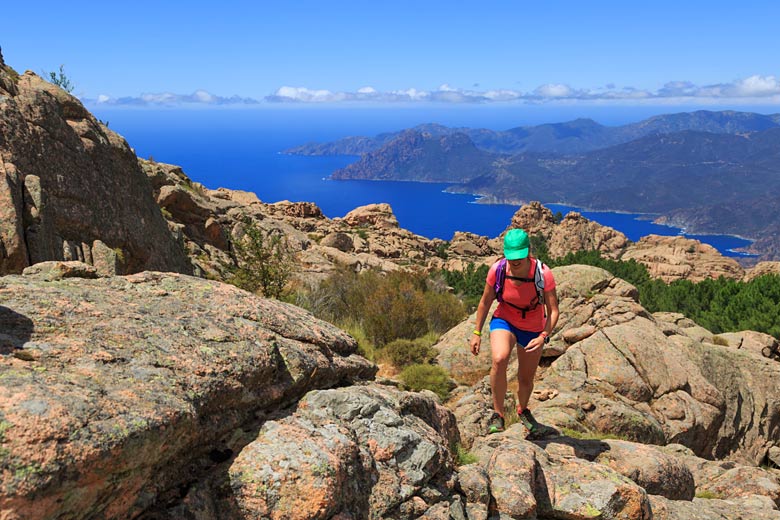
There are three Mare a Mare routes (coast to coast) ranging from five to 12 days, which crisscross the island. There are plenty of shorter, coastal trails to enjoy too, such as Bonifacio* to the Saint Antoine Cave, which has an almost perfectly circular skylight in the roof, is just 7 km one-way and follows the clifftop via several WWII era bunkers.
On the water, one of the best spots for kayaking is around the Calanques de Piana, curious rust-coloured magmatic rock formations, which create a network of inlets and caves, or in the sheltered bay of Piantarella in the south of the island, where if the weather is fine you can reach the aforementioned Saint Antoine Cave by water (7 km one-way).
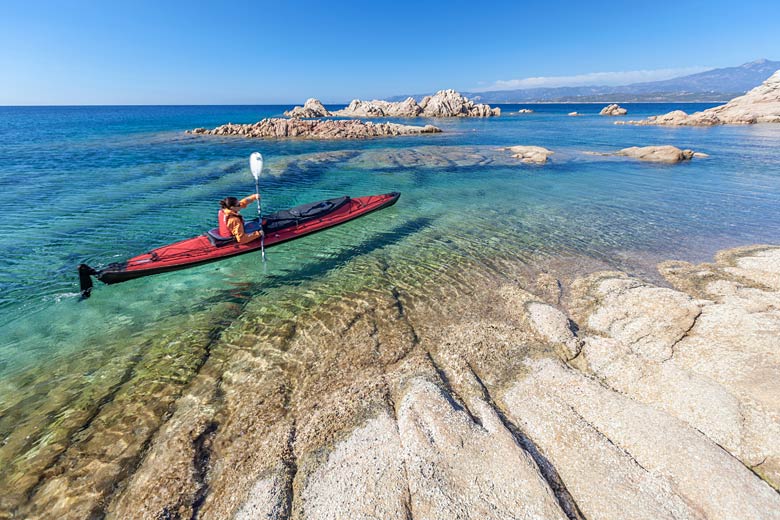
Some of the best beaches are in the southeast, around Santa Giulia, where the saltwater lagoon is a snorkeller's paradise, with moray eels, starfish and rays.
The little coves east of Calvi are fantastic for sheltered swimming and sunbathing. Best accessed using a mountain bike or on foot, it's possible to find a crescent of sand to yourself, even in high season.
Corsica on a plate
Wild boars are a pest to hikers and prone to snaffling their picnics, but it works both ways. Civet de sanglier (wild boar stew) is Corsica's signature dish, and the chunks of tender meat are cooked in red wine.
Cuisine is often meat-heavy, and coppa (dry-cured pork) is a mainstay on charcuterie boards and at market stalls. Vegetarians will likely find that almost every dish features brocciu, a crumbly sheep's cheese used in a variety of pasta dishes, including cannelloni and conchiglie.
Fiadone is one for the sweet tooths, a cake made from brocciu and lemons, a little like a thick Madeira cake. At the end of a long day hiking, kayaking or simply lounging on the beach, there's no better way to watch the sunset than by cracking open a cold Pietra lager.
When to go
Corsica is highly seasonal, and if you visit outside of the summer season (mid-April to Sept) you'll find that many hotels and restaurants have shut up shop.
July and August can be exceptionally busy, as families from mainland France flock here during the school holidays. At any time of year, even during the summer, exercise caution when visiting the mountains.
Snow isn't unheard of as late as June and as early as September, making the windy mountain roads treacherous. Winter visits aren't out of the question, though, and Corsica has three small ski resorts: Ghisoni, Haut Asco and Val d'Ese are all between 1,400 and 1,870 metres altitude.
| Jan | Feb | Mar | Apr | May | Jun | Jul | Aug | Sep | Oct | Nov | Dec | |
|---|---|---|---|---|---|---|---|---|---|---|---|---|
| Maximum daytime temperature °C | 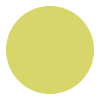 12 12 |
 13 13 |
 14 14 |
 16 16 |
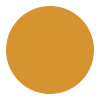 20 20 |
 23 23 |
 27 27 |
 27 27 |
 24 24 |
 21 21 |
 17 17 |
 13 13 |
| Hours of sunshine (daily) | ||||||||||||
| Days with some rainfall |  12 12 |
 12 12 |
 12 12 |
 11 11 |
 9 9 |
 6 6 |
 3 3 |
 4 4 |
 6 6 |
 10 10 |
 13 13 |
 13 13 |
| Sea temperature °C | 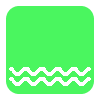 14 14 |
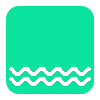 13 13 |
 13 13 |
 14 14 |
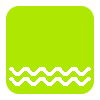 17 17 |
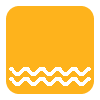 21 21 |
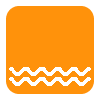 23 23 |
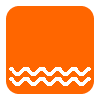 25 25 |
 23 23 |
 21 21 |
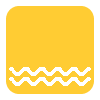 18 18 |
 15 15 |
The above guide shows the climate in Ajaccio. Find out more about conditions across the country in our complete guide to the climate in Corsica.
Ready to explore Corsica? Check out the latest deals on holidays with Simpson Travel.
More about Corsica
- Best time to visit
- Weather by month
- 5-day weather forecast
- Destinations
- Travel guide
- Deals & discounts
Corsica by month
Jan Feb Mar Apr May Jun Jul Aug Sep Oct Nov Dec
Explore holiday destinations
- Beach holidays
- City breaks
- Family holidays
- Half term holidays
- Spring holidays
- Summer holidays
- Autumn holidays
- Winter sun holidays
- Honeymoons
- Coolcations
- Compare places
- Ski resorts
Save with latest deals & discounts
- Holiday offers
- Top travel brands
- Airlines & flights
- Discount hotels
- TUI
- Jet2holidays
- Neilson
- Marella Cruises
- Pierre & Vacances
- Caledonian Travel
- Club Med
- Boxing Day sales
Airport parking
- Manchester Airport
- Stansted Airport
- Bristol Airport
- Luton Airport
- Birmingham Airport
- Edinburgh Airport
- Gatwick Airport
- Glasgow Airport
- Newcastle Airport
Airport lounges
- Manchester Airport
- Birmingham Airport
- Bristol Airport
- Edinburgh Airport
- Glasgow Airport
- Heathrow Airport
- Newcastle Airport
- Stansted Airport
- Gatwick Airport
Be inspired
Get your weekly fix of holiday inspiration from some of the world's best travel writers plus save on your next trip with the latest exclusive offers
We promise not to share your details



